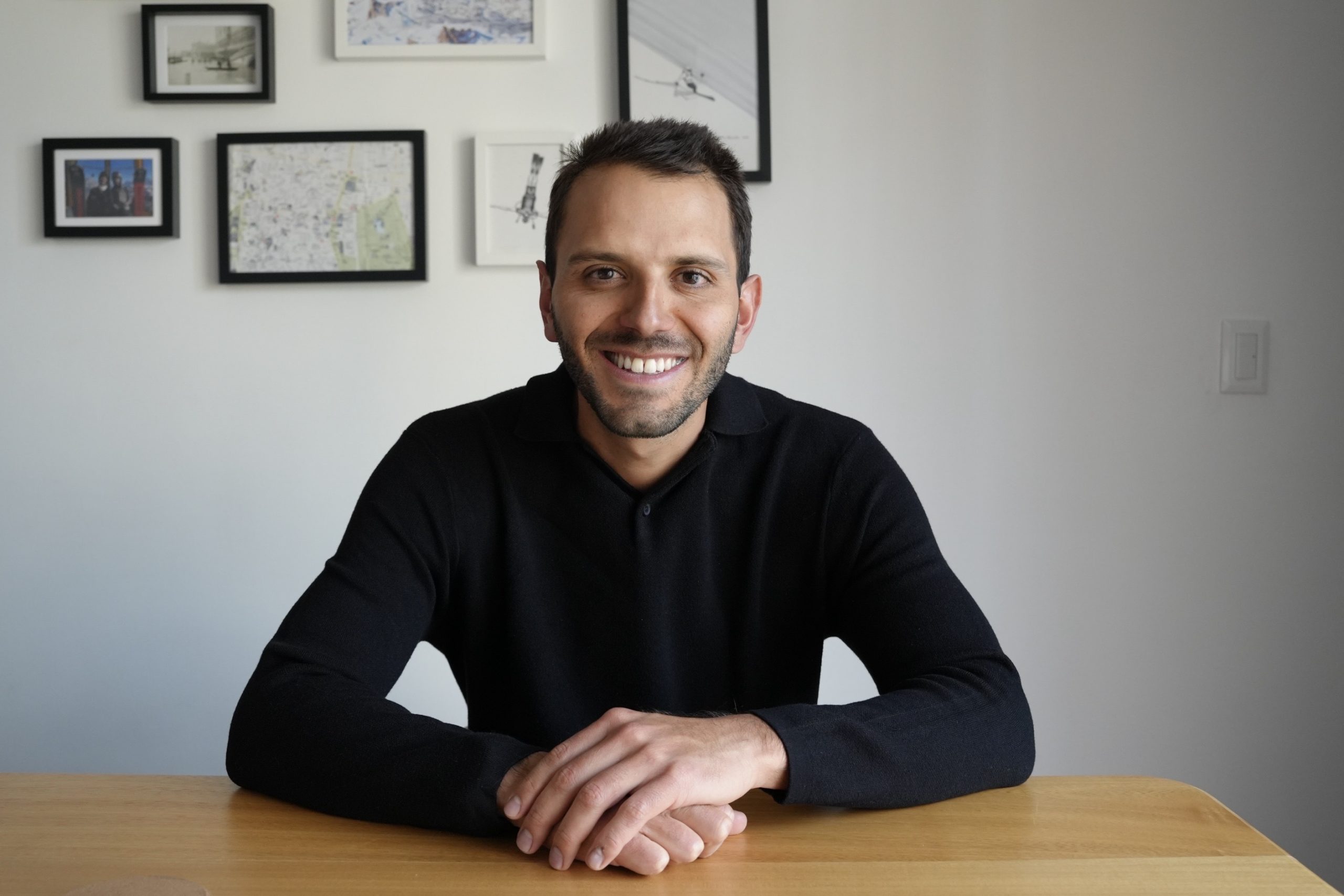Sandbox, the fintech laboratory: boosting innovation in Spain and Latin America
Financial sandboxes in Spain and Latin America are already beginning to bear fruit. Numerous fintech solutions developed in these regulated testing grounds are already flying the nest and going to market to implement some of the most cutting-edge innovations in the crypto field.
At the beginning of the year, the Bank of Spain gave the green light to Europe’s first digital euro project, i.e. a central bank digital currency (CBDC), the electronic equivalent of cash. The proposal, launched by the Spanish startup Monei, is one of the solutions that has had the opportunity to grow within the Spanish financial sandbox, which came into force in 2020 to boost fintech innovation.
The success of these experimentation spaces extends across countries and sectors: in Latin America, Colombia pioneered the creation of a financial sandbox, followed by other countries such as Mexico and Brazil. Chile has opted for a sandbox for artificial intelligence. The Government of Spain is also developing this initiative together with the European Commission, and is also busy finalising the launch of a new sandbox focused on the energy sector. The EU, for its part, also launched a specific test area for the blockchain sector in February.
These supervised experimentation environments are becoming one of the main drivers of fintech innovation. The advantages they offer to both entrepreneurs and established players in the ecosystem are already being felt, and many disruptive solutions are ready to move from experimentation to action.

A sandbox to play in
A sandbox is a controlled testing ground, isolated from the mainstream economic or financial system, where innovative solutions and technologies can be piloted. These legal and supervised spaces promote entrepreneurship, helping both large companies and startups and spin-offs to validate their product with specific advice for regulatory compliance.
The first financial sandbox was launched by the UK in 2015, setting a precedent that many other countries have been quick to follow. Initiatives that, through successive calls or cohorts, have opened up the possibility of testing innovative financial products even when there is no updated regulation in force in this regard.
“The financial sector carries significant risks associated with money laundering or the handling of personal data,” explains Sergio Eguiguren, from the Chile-based law firm Barros & Errázuriz. “Such risks imply the need to develop extensive regulation for fintech services, which tends to delay the development of services. The financial sandbox allows them to enter into operation in a controlled environment and serves to mitigate the uncertainties surrounding them.”
Thus, solutions that still walk a tightrope of legislation such as cryptocurrencies, blockchain and decentralised finance (DeFi) can receive specific advice on the legal framework they must adhere to, as well as other tips to solidify their business proposition. While regulation is progressing (the EU’s future crypto-assets market regulation or MiCA is expected to be approved this year), some startups are already beginning to set precedents in the sandbox.

Fintech innovation growing within the Spanish sandbox
The Spanish financial sandbox launched its first call in 2021, to which 67 companies applied. To date, it has closed four cohorts and is currently working on its fifth. More than twenty pioneering fintech and insurtech solutions have already entered the testing phase.
Blockchain technology is at the core of many of the innovative sandbox projects, such as the Dalion consortium’s commitment to self-managed digital identity, the first pilot to successfully complete the financial sandbox, and which BBVA has recently joined. Another project based on blockchain is Vottun, a startup self-defined as “the WordPress of Web3” and dedicated to developing solutions and infrastructure in blockchain technology, which was chosen in 2021 to participate in the first cohort with a cross-border payment solution.
“Everything related to blockchain and cryptocurrencies is very new, but it is a technology that is here to stay. The sandbox makes it possible to implement solutions in a regulated manner and with guarantees, and now we must promote good practices,” explains Marta Valles, co-founder of Vottun. “Without that supervised environment, companies find themselves unsure about starting to work with cryptocurrencies. But under sandbox control and regulation, everything changes.”
The field of cryptocurrencies occupies an important place in this test environment: among the financial innovations defended in the Spanish sandbox are the creation of the first hedge fund for decentralised finance, dedicated to crypto-asset lending; or the first tokenised fund.
Not just innovation: financial inclusion, regulation and cooperation
“In Latin America, the development of sandboxes in the financial sector is relatively new, but it is growing with great impetus and speed,” according to law firm Barros & Errázuriz. “The underbanked and the lack of access to financial products in large sectors of the population has led to the emergence of various technological means that are presented as innovative solutions to these problems. In order to ensure their proper development, regulatory sandboxes have gained momentum as mechanisms conducive to technological innovation.”
Colombia, one of the region’s leading fintech countries, has boosted its fintech legislation through its regulatory sandbox. As a result of the solutions tested in the “Arenera”, it has made regulatory changes in cybersecurity, cloud computing and crypto-assets.
Mexico’s Sandbox Challenge, which is designed to encourage participation in this mechanism, included the promotion of financial services with a positive impact on gender equity, financial inclusion and the environment among the objectives of its second edition. And the Inter-American Development Bank even advocates the creation of multi-jurisdictional regulatory sandboxes in Latin America and the Caribbean as a driver of growth and cross-border cooperation in the region.

What can we expect from sandboxes?
Financial sandboxes are advocated by different players in the financial ecosystem as a driver of innovation. “Being part of the sandbox has given us a lot of visibility,” says Marta Valles of Vottun. Even so, she points out that the tough entry requirements make it difficult for emerging companies to gain access compared to consolidated entities: “To pass the tests, the same demands were made of a startup as of a large bank, and that was complex because we don’t have the same resources.”
Although there are still hurdles to overcome, the progress of regulatory sandboxes appears to be unstoppable. As the solutions they have sheltered begin to land in the market, the potential of these spaces for experimentation to drive innovation becomes all the more evident.



